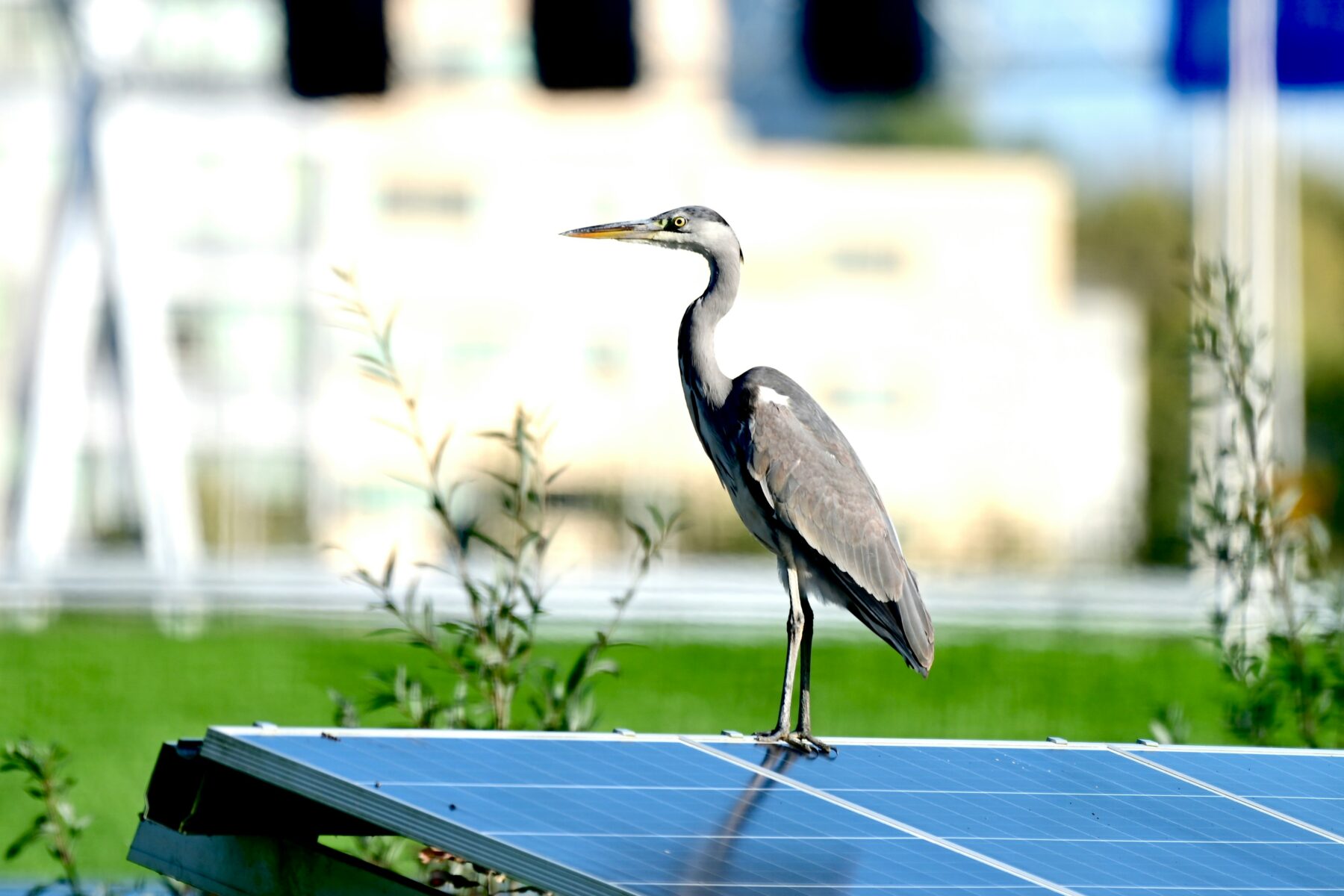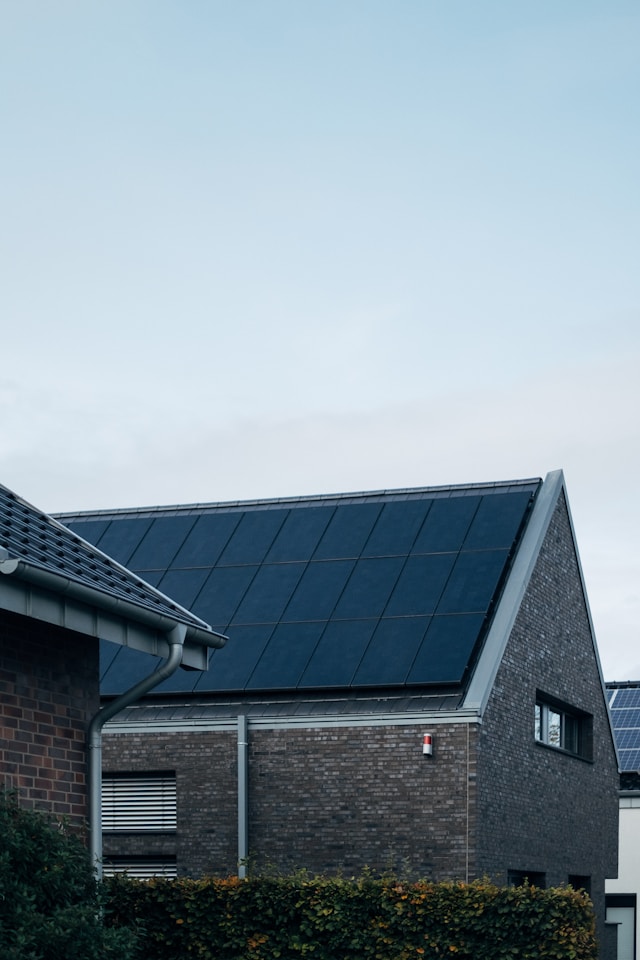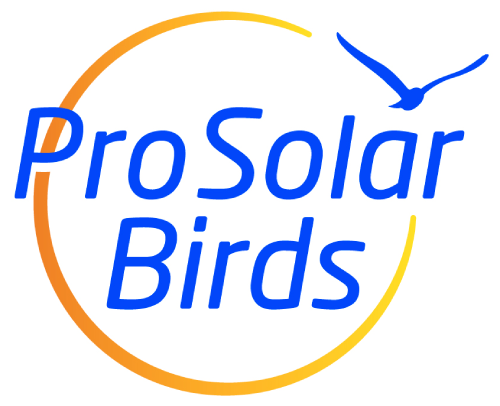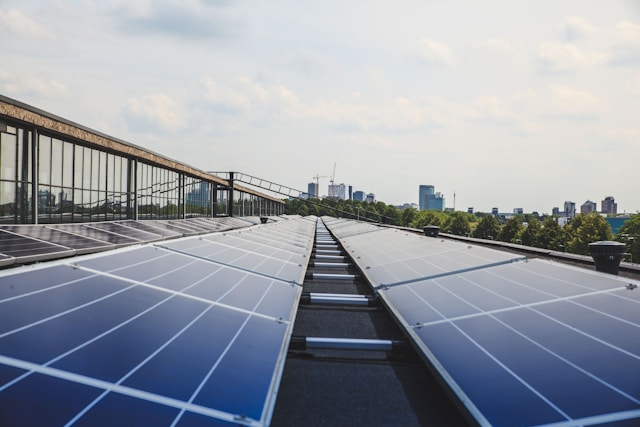As solar energy adoption increases, the integration of solar panels in urban areas has become a hallmark of sustainable living. However, urban environments present unique challenges, one of the most pressing being bird-related issues.
Birds often nest under or around solar panels, leading to potential damage, reduced efficiency, and increased maintenance costs. In this article, we explore the best solar panel bird protection solutions in urban areas, highlighting effective strategies to maintain the functionality and longevity of solar installations.
The Need for Bird Protection in Urban Areas
Solar panels are designed to harness sunlight and convert it into electricity, but their design unintentionally creates an ideal nesting environment for birds. The space beneath panels offers shelter from predators and weather, particularly in urban areas where natural nesting spots are scarce.
Unfortunately, this coexistence isn’t beneficial. Birds nesting under panels can cause:
- Debris Accumulation: Nesting materials and droppings block sunlight, reducing panel efficiency.
- Physical Damage: Bird activity can damage panel wiring and mounting systems.
- Health Hazards: Droppings contain corrosive elements and can harbor diseases harmful to humans.
Implementing proper bird protection solutions in urban areas ensures the efficiency and safety of solar energy systems.

Top Solar Panel Bird Protection Solutions in Urban Areas
Here are some of the most effective bird-proofing strategies for solar panels in densely populated environments:
1. Bird Mesh Installations
Bird mesh is a popular and cost-effective solution. The mesh is attached around the edges of the solar panels, blocking access to the underside without interfering with airflow or system performance.
- Advantages:
- Durable and long-lasting.
- Customizable to different panel sizes and configurations.
- Easy to install and remove during maintenance.
- Considerations:
- Mesh must be made of high-quality, weather-resistant materials to withstand urban conditions.
2. Spikes and Deterrents
Bird spikes are another effective tool to discourage birds from landing on or near solar panels. Installed along the edges, these deterrents make it uncomfortable for birds to perch.
- Advantages:
- Low maintenance.
- Blends well with urban architecture when installed correctly.
- Considerations:
- Spikes should be positioned carefully to avoid interfering with panel cleaning or shading.
3. Ultrasonic Bird Repellers
Ultrasonic devices emit high-frequency sounds that are unpleasant for birds but inaudible to humans. These devices are especially suitable for urban areas where aesthetics and noise control are priorities.
- Advantages:
- Non-invasive and discreet.
- Environmentally friendly.
- Considerations:
- The effectiveness can vary depending on bird species and urban noise levels.
4. Decoy Predators
Using decoys such as plastic owls or hawks can deter birds by simulating the presence of predators. This method is affordable and easy to implement.
- Advantages:
- Simple and cost-effective.
- Visually integrates into urban settings.
- Considerations:
- Birds may grow accustomed to static decoys. Regular repositioning is necessary for sustained effectiveness.
Eco-Friendly Bird Protection Measures
As cities strive to balance sustainability and biodiversity, eco-friendly bird protection solutions are gaining popularity. These options are particularly relevant in urban areas where wildlife conservation is a priority.
Bird-Friendly Landscaping
Strategically planting trees and shrubs around solar installations can provide alternative nesting sites for birds, reducing their interest in solar panels.
Nest Boxes
Installing dedicated birdhouses away from solar panels offers birds a safe alternative, preserving local bird populations while protecting solar systems.
Reflective Tape
Hanging reflective tape around solar installations creates visual deterrents, discouraging birds without harming them. This solution is inexpensive and highly effective for certain species.

Importance of Professional Installation and Maintenance
Implementing bird protection solutions in urban areas requires careful planning and professional expertise. Key factors to consider include:
- Durability: Urban environments expose solar panels to pollution, extreme weather, and higher bird populations. High-quality materials ensure long-lasting protection.
- Compliance: Local regulations may dictate what bird control measures can be implemented, particularly regarding wildlife protection laws.
- Maintenance: Regular inspections ensure that deterrents remain effective and that any bird activity is promptly addressed.
Professional solar panel maintenance companies specializing in urban installations can assess specific needs and provide tailored protection solutions.
Benefits of Bird Protection Solutions in Urban Areas
Investing in bird protection solutions in urban areas offers numerous benefits:
- Enhanced Efficiency: Clean, unobstructed panels maximize energy production.
- Reduced Maintenance Costs: Preventing nests and droppings minimizes cleaning and repair expenses.
- Extended Lifespan: Protecting panels and wiring preserves system integrity.
- Health and Safety: Proper bird control reduces the spread of diseases and prevents hazardous situations caused by damaged wiring.
Challenges of Implementing Bird Protection in Urban Areas
While the benefits of bird protection solutions are clear, urban environments present unique challenges:
- Space Constraints: Limited rooftop space can complicate the installation of deterrents.
- Regulatory Barriers: Urban areas often have strict wildlife protection laws, limiting some control methods.
- High Bird Density: Cities typically have larger bird populations, requiring more robust solutions.
These challenges underscore the importance of tailored strategies designed for the specific conditions of each urban solar installation.
Case Studies: Successful Implementations
Urban Residential Building in Barcelona
A multi-unit residential building in Barcelona faced significant energy losses due to pigeon activity. Installing bird mesh and reflective tape effectively eliminated nesting and restored panel efficiency by 20%.
Commercial Solar Farm in New York City
A commercial building in NYC employed ultrasonic bird repellents alongside eco-friendly landscaping. This combined approach not only deterred birds but also enhanced the building’s sustainability profile.
Conclusion
Solar panel bird protection solutions in urban areas are essential for maintaining the efficiency, safety, and longevity of solar installations. From physical barriers like mesh and spikes to eco-friendly measures like bird-friendly landscaping, there is a wide range of strategies to suit different needs and environments.
By investing in professional installation and regular maintenance, urban solar panel owners can overcome the challenges of bird activity while promoting a harmonious coexistence between renewable energy systems and urban wildlife. As cities continue to adopt solar energy, prioritizing bird protection ensures that this transition is as sustainable and efficient as possible.
FAQ’s
How can birds nesting under solar panels impact energy production?
Bird nests and droppings can block sunlight from reaching the solar cells, significantly reducing their efficiency. For example, a layer of bird droppings can decrease energy production by up to 20%. Additionally, nesting materials can trap moisture, leading to long-term damage to wiring and other components, which increases maintenance costs.
What materials are commonly used for bird protection around solar panels?
The most commonly used materials include:
- PVC-coated metal mesh: Durable and rust-resistant, ideal for urban environments.
- Polycarbonate spikes: Lightweight and weather-resistant, preventing birds from perching.
- UV-resistant adhesives: Used for securing deterrents without damaging the panels.
Investing in high-quality materials ensures longevity and minimal interference with the solar system.
Are there legal considerations when installing bird deterrents in urban areas?
Yes, many urban areas have regulations protecting certain bird species, especially during nesting seasons. For instance, in the EU and the US, tampering with nests of protected birds, such as pigeons or sparrows, can result in legal penalties. Consulting local wildlife protection laws and working with professionals ensures compliance while implementing effective solutions.
How often should bird protection systems be inspected and maintained?
It’s recommended to inspect bird protection systems every 6 to 12 months. Urban conditions, such as pollution and weather fluctuations, can wear down materials. Regular inspections ensure that deterrents remain effective, panels are clean, and any bird activity is addressed promptly. Routine maintenance also extends the lifespan of both the protection system and the solar installation itself.

